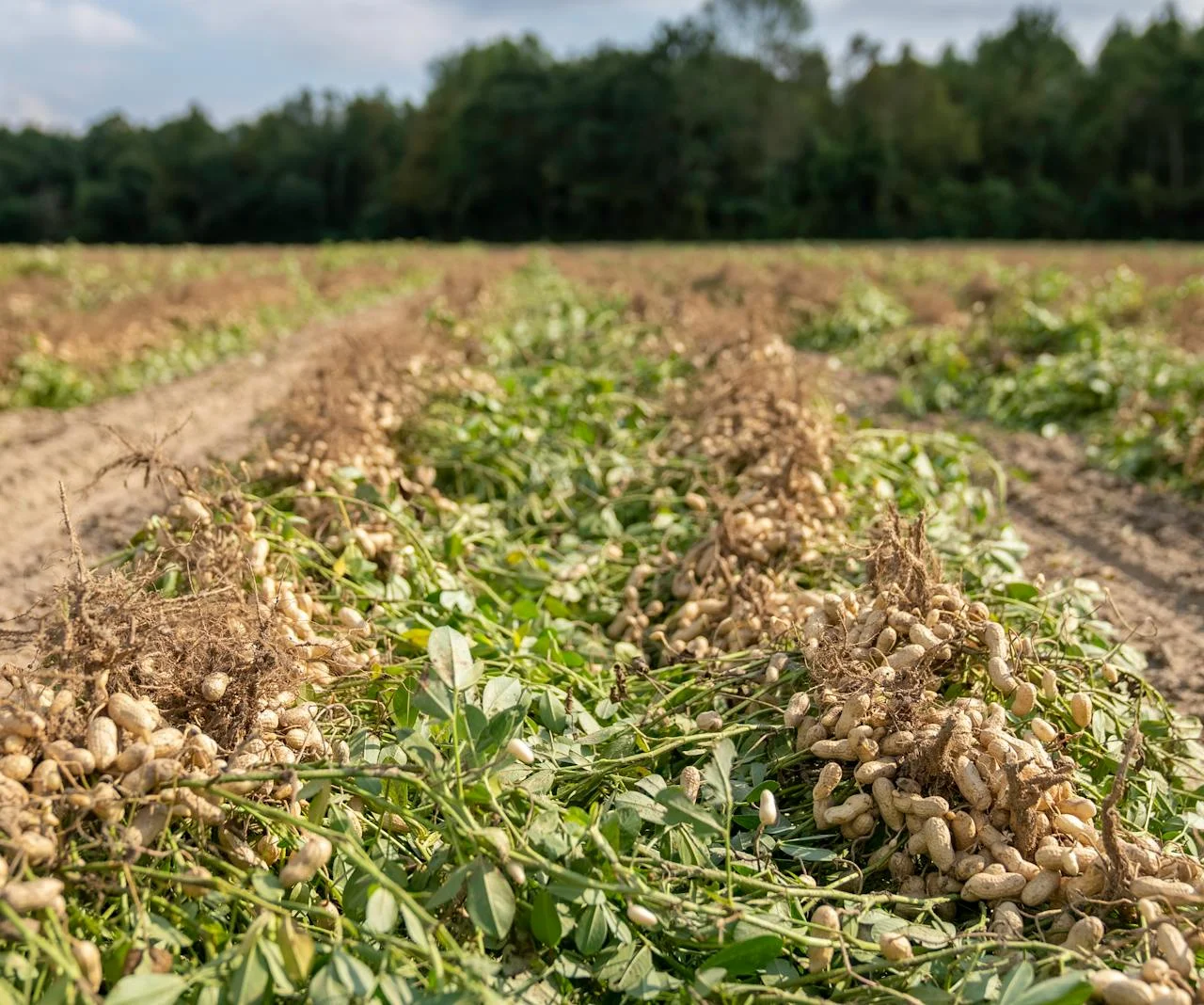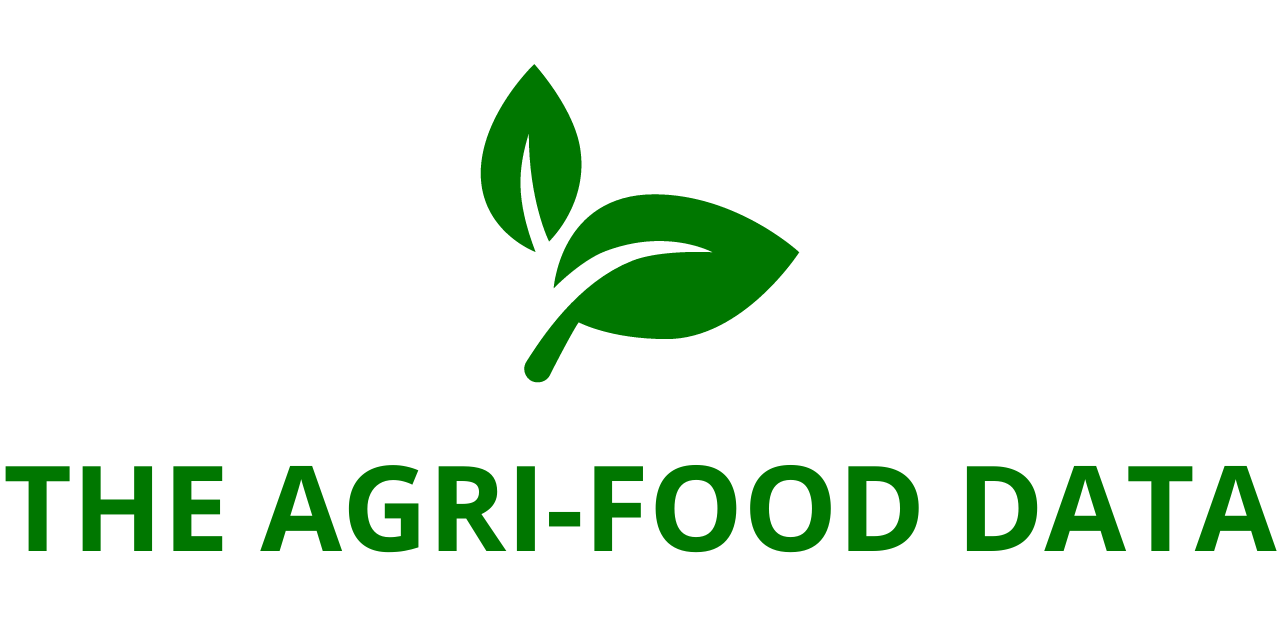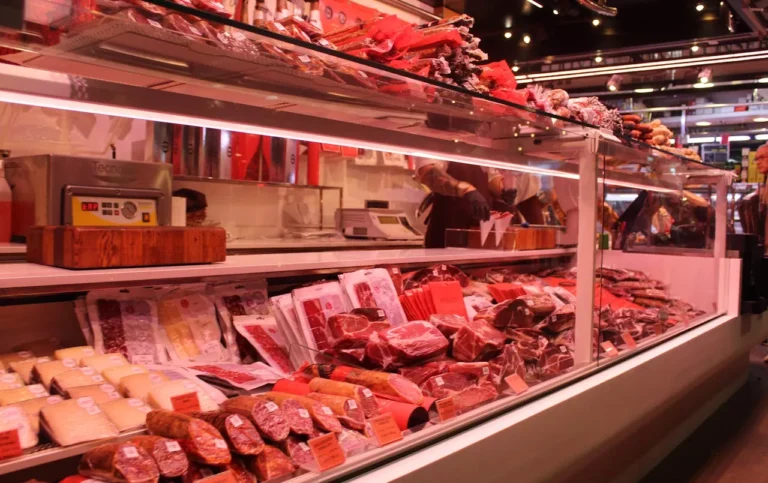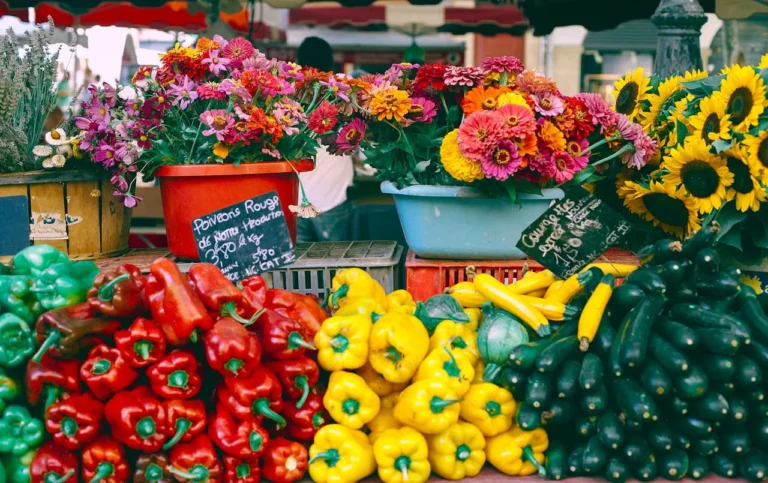
The global smart specialty crop farming market is anticipated to grow from $2.3 billion in 2023 to $6.84 billion by 2033, reflecting a compound annual growth rate (CAGR) of 11.4% from 2024 to 2033.
This market is poised for significant growth, driven by the increasing adoption of smart agriculture technologies. Contributing factors include rising global food demands, resource limitations, and the need for sustainable farming practices. Innovations like Internet of Things (IoT) sensors and artificial intelligence (AI) are revolutionizing crop management, cultivation, and harvesting, leading to improved operational efficiency and better yield outcomes.
The impact of the smart specialty crop farming market is substantial, fundamentally altering agricultural practices worldwide. By incorporating advanced technologies such as IoT, AI, and smart sensors, this approach enhances the monitoring, management, and optimization of crop yields. Consequently, it reduces waste, lowers operational costs, and minimizes environmental impact through more precise use of water and agrochemicals. This transformation not only strengthens food security but also increases profitability for farmers by enabling smarter agriculture. Moreover, these practices align with global sustainability goals, helping to reduce the agricultural carbon footprint. The broader implications include enhanced supply chain resilience and the potential for innovation in related sectors like agri-tech equipment manufacturing and agricultural data analytics, ultimately driving economic growth in the industry.
Market Segmentation
Fruits and Tree Nuts Leading the Market (by Application)
Fruits and tree nuts dominate the application segment of the smart specialty crop farming market, highlighting a key trend in agriculture. This dominance is driven by the high value and demand for these crops, as well as their sensitivity to environmental conditions, making them ideal candidates for smart agriculture technologies. By utilizing IoT, AI, and remote sensing, farmers can precisely monitor and control micro-climate conditions, soil health, and hydration levels necessary for optimal growth. The application of these technologies in fruit and tree nut farming not only boosts yield quality and quantity but also ensures consistent production. This adaptability to smart farming techniques reduces resource waste, improves pest management, and increases overall operational efficiency, securing their leading position in the market.
Controlled Environment Agriculture (CEA) Systems Hardware Dominating the Market (by Product Type)
Controlled Environment Agriculture (CEA) systems hardware holds the largest share in the smart specialty crop farming market by product type. This dominance is due to CEA systems’ critical role in optimizing growing conditions, allowing year-round crop production regardless of external climate conditions. These systems, including advanced hydroponics, aeroponics, and climate control technologies, enable precise control over temperature, humidity, light, and nutrients. This fine-tuning results in higher yields and superior crop quality with increased consistency. Additionally, integrating IoT and AI technologies with CEA hardware further enhances efficiency, reduces resource waste, and promotes sustainability. This strategic advantage is essential for meeting the growing global demand for high-value crops, particularly in urban and non-arable regions, thus solidifying CEA systems’ leading position in the market.
North America Leading the Market
North America is leading the smart specialty crop farming market, driven by rapid adoption of advanced agricultural technologies. This leadership is supported by substantial investments in research and development, a strong technological infrastructure, and government policies promoting sustainable agriculture. Farmers in North America increasingly use precision agriculture tools such as sensors and AI-driven analytics to improve crop management efficiency and productivity. These innovations allow for precise monitoring and optimization of water, nutrient, and pesticide use, significantly reducing environmental impact while improving yield quality and quantity. North American agribusinesses’ proactive approach in adopting these technologies demonstrates a commitment to leading the global shift towards more sustainable and technology-driven agriculture, positioning the region as a key player in shaping the future of farming.





